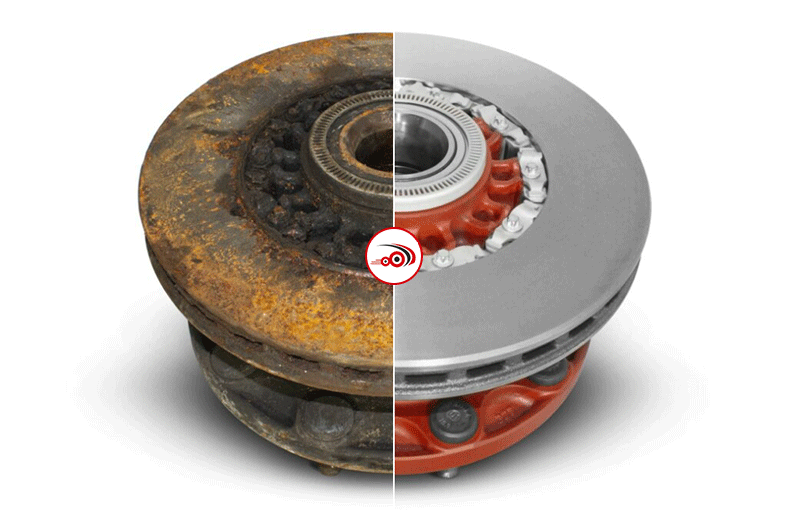
To be safe and effective a wheel bearing hub will need to be greased. Neglecting this critical maintenance task can lead to premature bearing failure, which can cause costly repairs and potentially dangerous driving conditions.
Greasing on a wheel bearing hub reduces the friction between the bearings and the hub, which in turn reduces heat and wear. When the bearings are adequately lubricated, they can rotate smoothly, and the wheels can turn freely, leading to improved fuel efficiency and reduced maintenance costs.
An inadequately greased bearing can lead to failure, causing the wheel to wobble, and the vehicle to pull to one side. This can potentially lead to a loss of control of the vehicle. Bearing failure can also cause costly damage to other vehicles, leading to significant repair costs and downtime.
So how do you grease a wheel-bearing hub?
Remove the wheel from the hub
After ensuring your vehicle is safely parked on level ground, use a lug wrench to loosen the lug nuts on the wheel that you’re going to remove. It’s recommended to loosen the nuts while the wheel is still on the ground, as the weight of the vehicle can help keep it from turning. Then use a hydraulic jack to lift the HGV and place it on jack stands. It’s important to ensure that the vehicle is stable and secure before working on it. You can then remove the lug nuts and take the wheel off the hub.
Clean the old grease and dirt
Next, you will need to remove the dust cap from the centre of the hub. Use a flat-blade screwdriver or a similar tool to pry off the dust cap gently. It’s important to be careful not to damage the dust cap or the hub while removing it.
Once the dust cap is removed, you’ll have access to the wheel bearings and the races. Inspect them for any signs of damage, such as pitting or cracks, and replace them if necessary.
You can then clean the bearings, races, and hub with a suitable solvent, such as brake cleaner or mineral spirits, and let them dry before applying fresh grease.
Pack and distribute new grease in the hub
The next step is to pack the hub with fresh, high-temperature wheel bearing grease. A small amount of grease should be applied to the bearings. You can then work it into the bearings by rolling them between your fingers.
Continue applying the grease until the bearings are completely covered with a thin layer of grease. Place the bearings back into the hub in their correct orientation, and then apply a thin layer of grease to the races. Reinstall the dust cap by gently tapping it back into place with a rubber mallet or similar tool. Make sure it’s seated securely in the hub.
You can then reinstall the wheel and torque the lug nuts to the manufacturer’s specifications.
Spinning the wheel will then distribute the grease evenly.
Your wheel hub bearing experts
At CV Hubs & Bearings, we’ve extensive experience when it comes to HGV wheel hubs and bearings. With support from OEM suppliers, our dedicated and highly trained team of technicians will have your HGV wheel hubs and bearings repaired, exchanged, or replaced in no time.
If you have any questions or would like to know more about our services, call +44 (0) 161 370 3344 or contact us online.
Back to news

